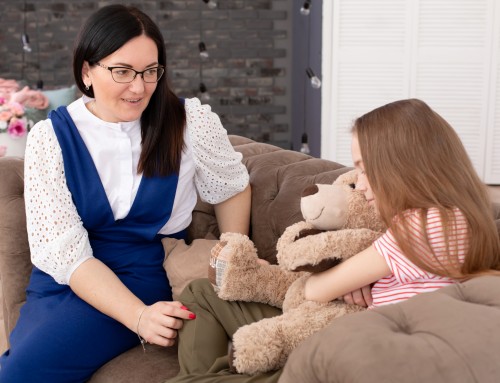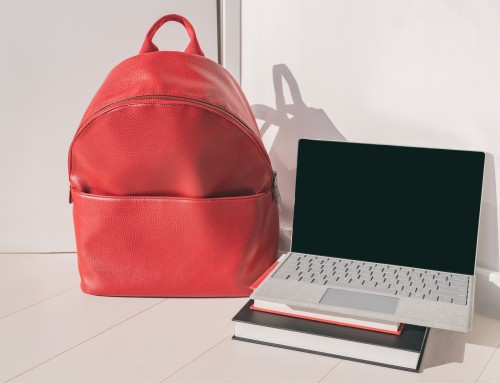This post comes to us from Ashley Taylor from disabledparents.org. The site offers many useful resources on planning and preparing for parenthood as parents with disabilities. Check it out!
Safety and ready access to all parts of the home are essential for the more than 56 million Americans with disabilities. The importance of safety and accessibility is magnified for disabled parents with children. With a few home modifications and additions, you can make your home perfectly suitable for raising children, with advantages that keep your disability from becoming an obstacle to effective and nurturing parenting. Every new parent needs a little help when it comes to caring for young children. Kids have a knack for wriggling free and finding trouble anywhere they go. That’s a round-the-clock challenge for any parent; for disabled individuals, it can be overwhelming, particularly in a home that’s not easy to get around in, or if you lack the tools necessary to protect and provide adequate care.
The care and well-being of the disabled population and their children is of great importance—they comprise the most rapidly growing minority in the United States. Remember that while many new homes may be adapted to the needs of disabled persons, older homes, particularly those built prior to the Americans with Disabilities Act, are unlikely to be so well provided and may need to be modified.
Getting around
Doors and entryways are of primary importance. If your home has stairs leading to the front and back door, you’ll need a ramp of some kind to overcome any tripping hazards and for ease of access. All exterior entries should be well lit and free of loose objects, both inside and out. There’s no sense in risking a fall when carrying your little one across the threshold.
Interior access
Interior doors should be at least 32 inches wide to allow for wheelchair access, and equipped with handles rather than door knobs. The first floor should include a bathroom, bedroom, and kitchen. Stairways should be well lit with handrails running along both sides. Accessibility in the kitchen and bathrooms means that drawers and cabinets need to be within easy reach, with handles instead of knobs. Make sure that all space rugs are secured to the floor and have no loose ends and that electrical cords are secured along the wall so they don’t present a tripping hazard. Small and low-lying furniture, such as footstools; small, sharp-edged tables; and small chairs should be kept clear of passageways and high-traffic rooms.
Lighting
All light switches should be within easy reach and placed at both ends of hallways and stairways and immediately inside bathrooms and bedrooms. Consider installing lights with motion sensors in the most commonly used rooms. Lighting is especially important in the kitchen, over counter space (which should be 34 inches high for easy access) and other areas where sharp objects are frequently used. If you’re visually impaired, children’s food should be labeled with braille or textured tape for easy identification.
Useful tools
Most common childcare tools are easily obtained at any baby and childcare supply store. But that’s not always the case for disabled parents. Sometimes, a little ingenuity and creativity is necessary to obtain what you need. Some disabled parents have attached a single-handle baby cart to the front of their wheelchair with a velcro strap, making it easy to maneuver both inside and outside. Others have solved the problem of changing diapers inside the crib with a special opening fashioned along the side, through which a wheelchair-bound parent can easily reach. Grab bars in bathtubs and showers (along with skid-resistant rubber mats) help make it easier and safer to bathe your child.
The more you can do ahead of time to prepare your home for parenthood, the easier your transition will be. Remember that safety and access are your most important considerations. Any modifications should serve that purpose.
Courtesy of Pixabay







Leave A Comment
You must be logged in to post a comment.